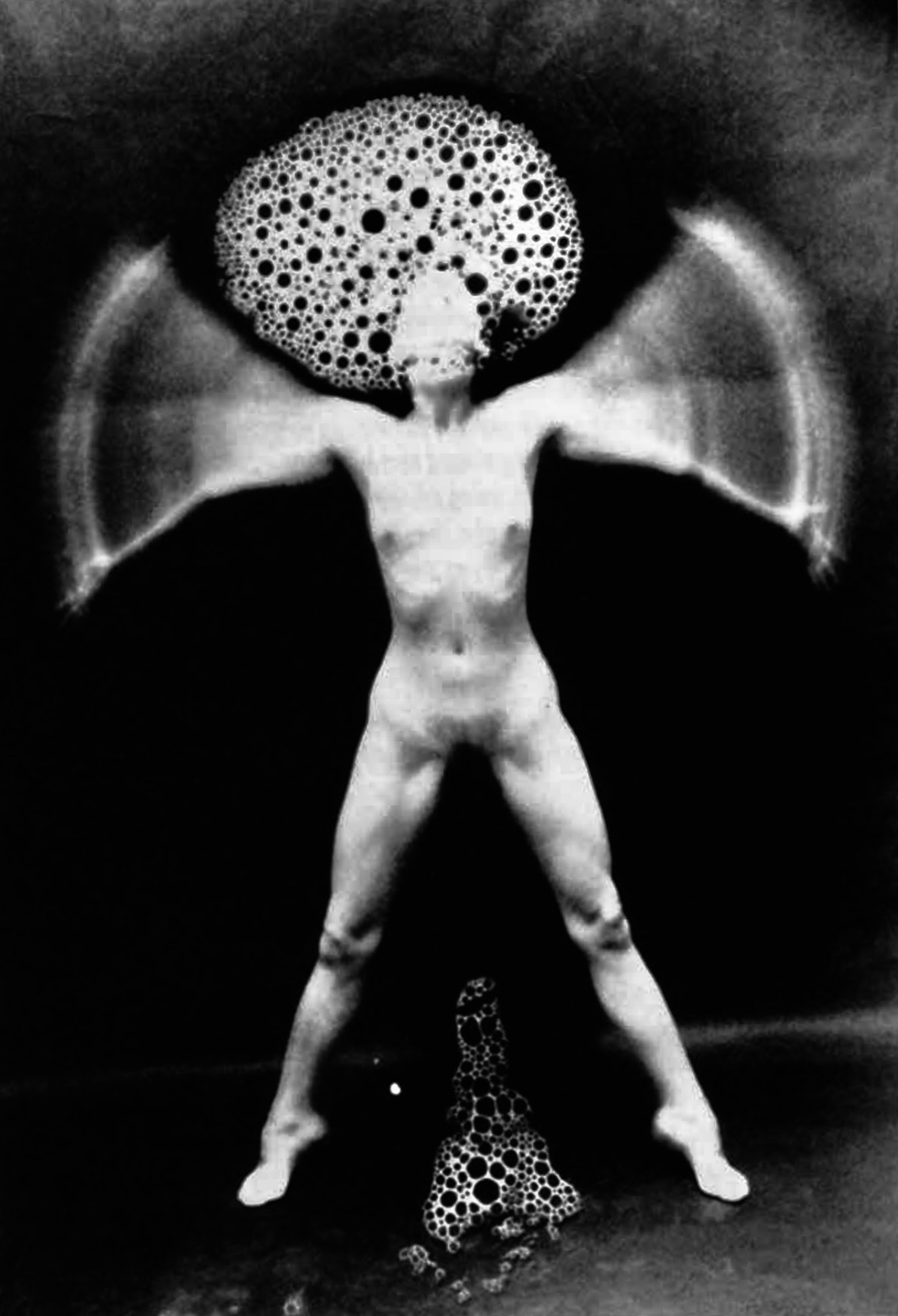
and higher up
the shoulders
The neck
and higher up
the eyes
Your heart is a brick.
one: But it beats only for you
19. Why the nose is located above the mouth. …
23. What opinions should be held concerning visions. …
30. Why, as one can see from the darkness into the light, one cannot similarly see from the light into the darkness. …
32. Why hay is the cause of weeping. …
36. Why the fingers were made unequal. …
38. Why men cannot walk when they are born, as animals do. …
46. Why the living are afraid of dead bodies.
Your eyes!
Your back!
Your stomach!
Your legs!
Your whole body!
Scream loud!!
2. When I look at a living thing, what I see and what first occupies my attention is this mass, all of a piece, which moves, bends, runs, jumps, flies, or swims; which howls, speaks, sings, performs its many acts, takes on many appearances, assumes a multiplicity of selves, wreaks its havoc, does its work, in an environment which accepts it and from which it is inseparable.
…4. Actually all the body's acts are cyclic in relation to the body itself, for they break down into comings and goings, contractions and decontractions, while the blood itself pursues its cyclic journey round its world of flesh, the continuous circumnavigations wherein life consists.
…6. Yet we observe two escapes from the body's life cycle: on the one hand, the body inevitably wears out, on the other hand, it reproduces itself.
…9. I note that our senses provide us with only a bare minimum of hints, which transpose into forms of sensibility only an infinitesimal part of the probable variety and variations of a "world" we can neither conceive nor imagine.
…Each of us calls this object My Body; but we give it no name in ourselves, that is to say, in it. We speak of it to others as of a thing that belongs to us; but for us it is not entirely a thing; and it belongs to us a little less than we belong to it…
It is for each of us, in essence, the most important object in the world, standing in opposition to the world, on which, however, it knows itself to be closely dependent. We can say that the world is based on it and exists in reference to it; or just as accurately, with a simple change in the adjustment of our intellectual vision, that the selfsame body is only an infinitely negligible, unstable event in the world.
This My Body obeys or disobeys, favors or obstructs our designs; it engenders surprising strengths and weaknesses connected wholly or in part with its perceptible mass, which at times takes on a sudden charge of impulsive energies that make it "act" in response to some interior mystery, and at other times seems to become the most crushing and immovable weight.
The thing itself is formless: all we know of it by sight is the few mobile parts that are capable of coming within the conspicuous zone of the space which makes up this My Body, a strange, asymmetrical space in which distances are exceptional relations. I have no idea of the spatial relations between "My Forehead" and "My Foot," between "My Knee" and "My Back."
… This gives rise to strange discoveries. My right hand is generally unaware of my left. To take one hand in the other is to take hold of an object that is not-I. …it has unity only in our thought, since we know it only for having dissected and dismembered it. To know it is to have reduced it to parts and pieces. It gives off scarlet or whitish liquids, or hyalines, some of them quite viscous.
We try to decipher these histological cryptograms. We wonder how this fiber produced motive force? And in what way these little asterisms with their fine radicles could have been related to sensation and thought?